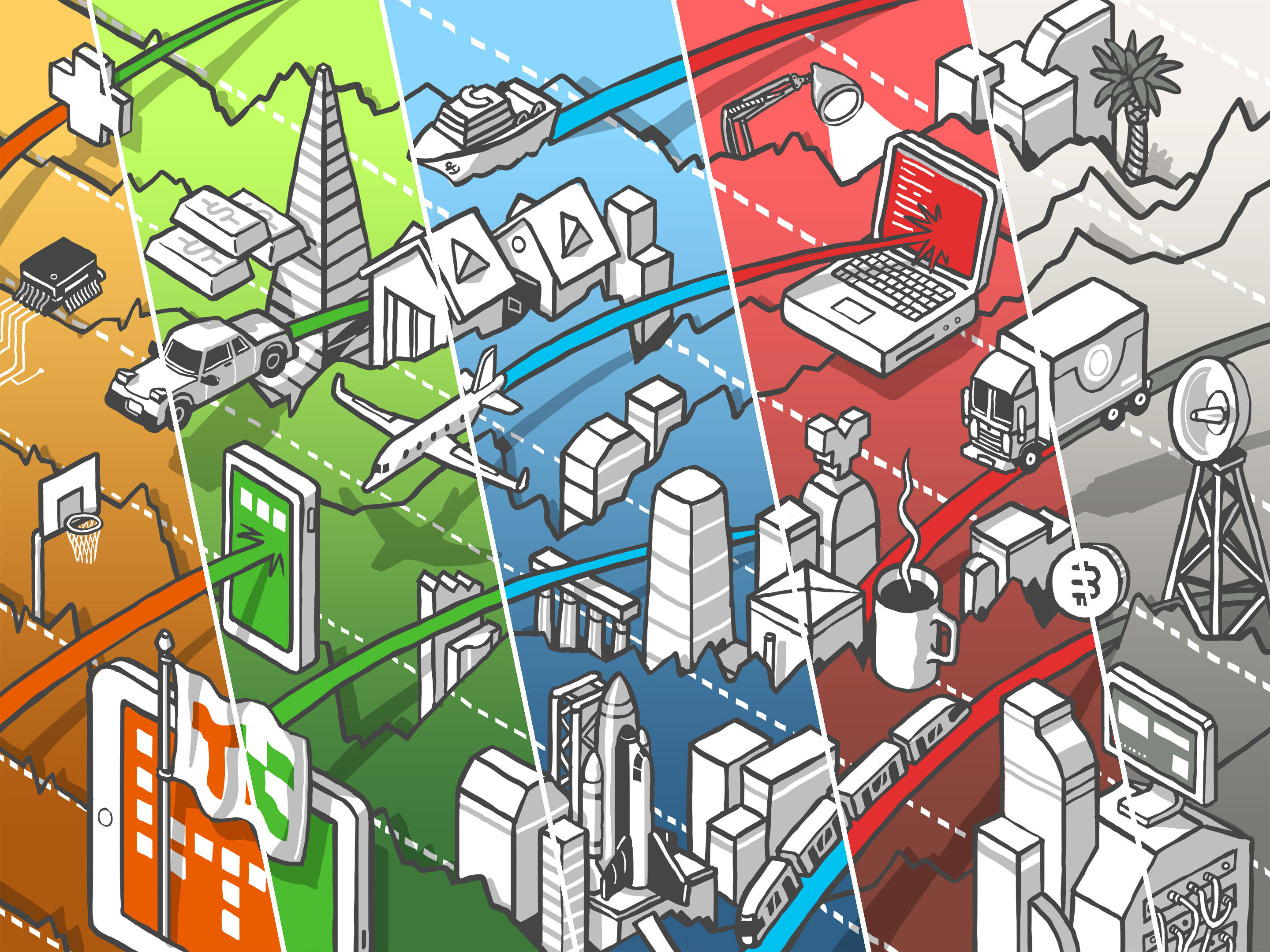If you thought egg prices were out of control, the SaaS inflation rate is outpacing the rest of the economy.
In the U.S., SaaS expenses are growing 3.5x faster than market inflation. In Australia and the UK, that rises to 5x, according to Eldar Tuvey, founder and CEO of Vertice.
“If cutting SaaS costs is a top priority for your business in 2023, improving your software negotiation strategy is the place to start,” he writes.
Full TechCrunch+ articles are only available to members
Use discount code TCPLUSROUNDUP to save 20% off a one- or two-year subscription
Finding meaningful ways to save can extend your runway and even stave off layoffs: this article contains tactics and strategies for working with vendors to reduce contract length and arrange more favorable terms.
“Negotiating each of the contracts that make up your SaaS stack will provide long-term savings by mitigating the effect of rising prices,” says Tuvey.
Thanks for reading,
Walter Thompson
Editorial Manager, TechCrunch+
@yourprotagonist
When to build a freemium plan and how to get it right

Image Credits: Jonathan Knowles (opens in a new window) / Getty Images
SaaS pricing comes in three flavors: the classic sales-led model, free trials that eventually force users to make a decision, or freemium plans that hopefully deliver enough value to keep them coming back.
“Given the obvious differences between these models, choosing one should be fairly straightforward,” writes Konstantin Valiotti, product director of growth at PandaDoc. “However, current market conditions do not support having just a single model.”
In this TC+ article, he explains how to identify the right time to roll out a freemium plan, and equally importantly, when not to. He also includes a tactical framework for developing freemium products that includes use cases for limited and unlimited usage.
“Every strategy is unique and depends on the company’s idea of how it wants to proceed,” writes Valiotti. “Therefore, you should consider freemium as an extension of your strategy and see if it is right for you.”
What do recent changes to state taxes mean for US SaaS startups?

Image Credits: Daniela Simona Temneanu / EyeEm (opens in a new window) / Getty Images
For SaaS startups, tax time can create a conundrum.
Some states regard software-as-a-service products as, um, services, while others classify them as, er, products.
“There’s also the issue of bundling on its own,” according to startup tax accountant Ardy Esmaeili. “SaaS might not be taxed, but it will be when paired with hardware.”
To help founders better understand their liability, Esmaeili shares tips on how to identify a company’s physical nexus and lists multiple SaaS categories that states are likely to tax.
“Engage an expert as early as you can,” he writes. “Don’t think you won’t have to worry about it yet, because waiting can have big consequences down the line.”
Where should sales sit in product-led companies?

Image Credits: Nigel Sussman (opens in a new window)
Early stage startups that adopt a product-led growth strategy may not need sales teams to build their customer base.
Before his company was acquired by Salesforce, Slack CEO Stewart Butterfield said, “I think we can get away without having a sales team in any kind of traditional way, probably forever.”
Today, Slack has an “expansion product team” that integrates product, data science and sales operations.
According to Elena Verna, interim head of growth at Amplitude, “you’re starting to have product and sales work very closely together as a unit, like brother and sister.”

